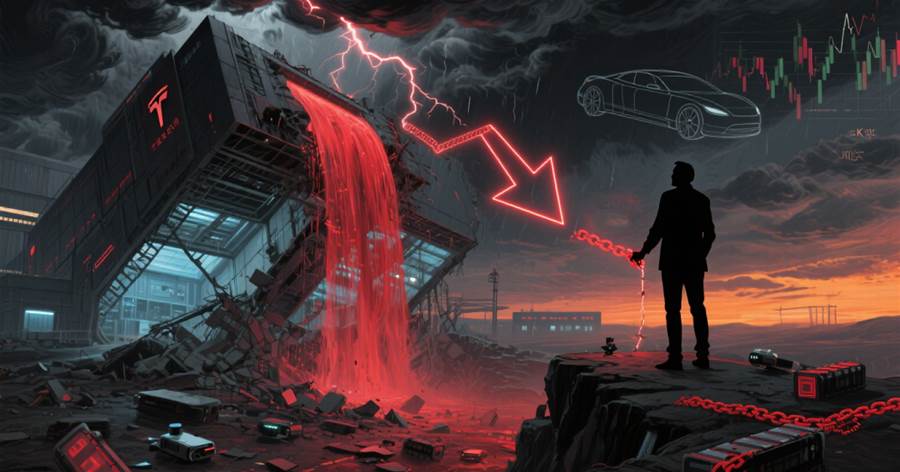Have You Heard of the Real-Life Cannibal? Man Killed 17, Committed Unspeakable Acts, and ATE His Victims!😱
The Dark Story of Jeffrey Dahmer: The Milwaukee Monster’s Reign of Terror
Few stories in criminal history evoke as much horror and disbelief as that of Jeffrey Dahmer, the man who became known as the “Milwaukee Monster” for his gruesome acts of murder and dismemberment. Between 1978 and 1991, Dahmer murdered 17 young men, luring his victims into a deadly trap with promises of friendship, drugs, or money. His acts of brutality and cannibalism have left an indelible mark on American criminal history, and his capture in 1991 remains one of the most shocking moments in law enforcement.
The Unassuming Beginnings of a Killer
Dahmer’s early life showed few signs of the darkness that would later consume him. Born in Milwaukee, Wisconsin, in 1960, Jeffrey grew up in a turbulent household marked by parental discord and emotional neglect. His fascination with the dead began early—at just four years old, he was reportedly thrilled by the sound of bones and later began dissecting animals, a chilling precursor to his later crimes.
By the time he reached adulthood, Dahmer’s struggle with alcohol addiction and social isolation had worsened, and he had dropped out of college.

What began as an interest in animals soon turned to people. In 1978, at the age of 18, Dahmer committed his first murder. He picked up a hitchhiker named Steven Hicks, and after drinking together, Dahmer killed him and dismembered the body.
The police at the time had no clue that this would be the start of a killing spree spanning more than a decade.
The Gruesome Murders
Dahmer’s reign of terror primarily targeted young men of color, most of whom he met in bars or on the street. He lured his victims to his apartment, drugging them before carrying out his horrific crimes. He not only murdered these men but also engaged in acts of necrophilia and cannibalism, often keeping body parts as gruesome trophies.
The article is not finished. Click on the next page to continue.
The article is not finished. Click on the next page to continue.




















